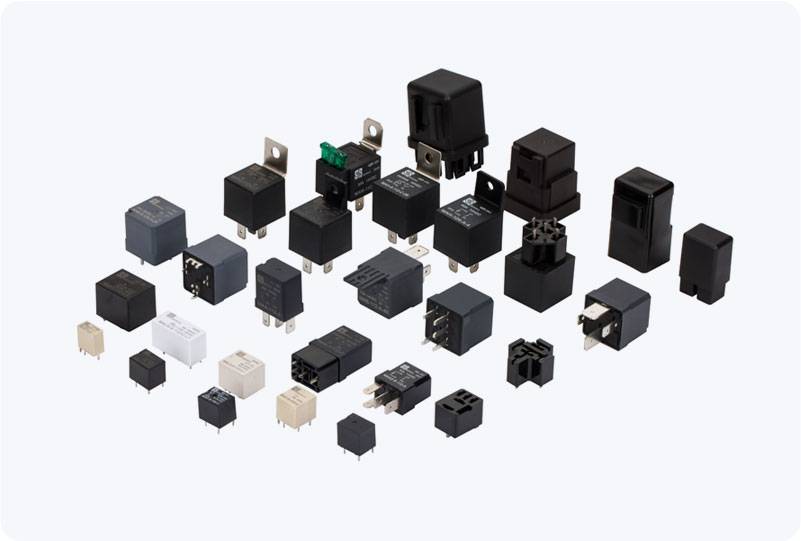A Low Voltage DC Relay is an essential component in many electrical systems, used to control the flow of electricity in a low-voltage DC circuit. Whether in industrial automation, home appliances, or automotive systems, these relays play a critical role in ensuring the safe and reliable operation of devices. In this article, we will explore the working principles of Low Voltage DC Relays, their applications, and the importance of using these components in various systems.

What is a Low Voltage DC Relay? A Low Voltage DC Relay is an electromechanical device that opens or closes the contacts in a circuit based on an applied low DC voltage. Relays are commonly used to control circuits in which a low-voltage control signal is required to switch a higher-voltage DC or AC load. When an electrical current flows through the relay’s coil, it generates a magnetic field that moves an armature, closing or opening the contacts to either complete or break the circuit.
The relay’s low voltage design (typically ranging from 5V to 48V DC) makes it suitable for a variety of applications where higher voltage relays would be overkill or unnecessary. The small form factor and the efficiency of low voltage operation make it ideal for compact systems.